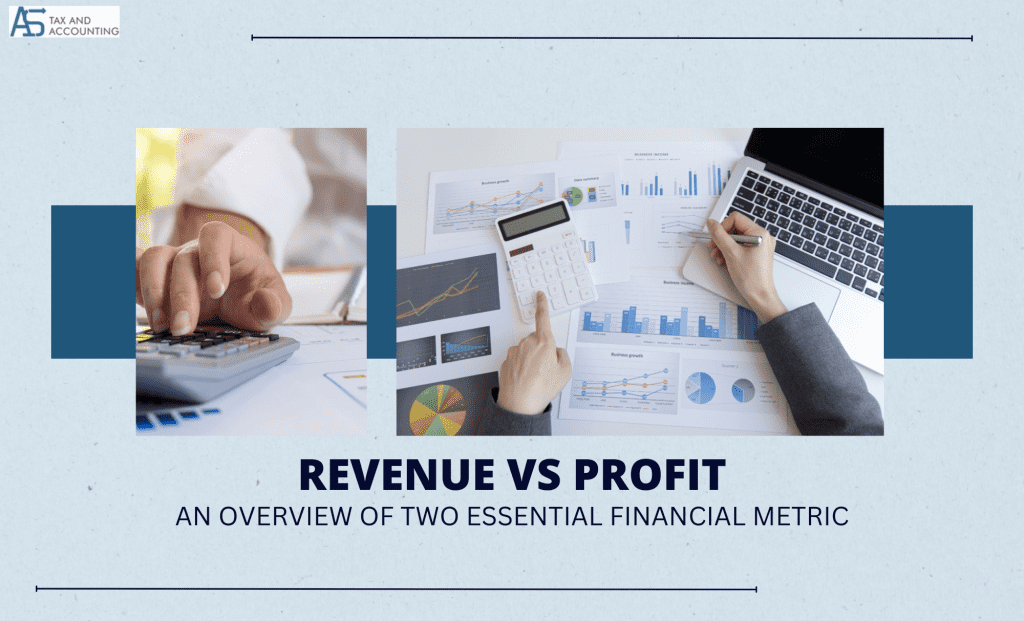American citizens submit their tax returns to the IRS every year. The majority of people pay taxes all year round in the form of payroll taxes that are deducted from their wages. The structure of the business, the kind of employment, and the salary are only a few of the many variables that influence tax liability. So, the question arises of how much you owe taxes and how to calculate tax liability.
Tax liability is your obligation to make a payment to the Federal Revenue Service (IRS) or other tax authorities at the end of each fiscal year. Therefore, accurately calculating your personal and business tax liabilities can be made easier by becoming familiar with the many forms of tax liability.
How to Calculate Tax Liability?
American citizens pay many types of taxes. Your total tax burden is the sum of the taxes you owe the IRS for self-employment tax, capital gains tax, income tax, penalties, and interest. It also includes any past-due taxes from prior years.
Throughout the year, businesses pay taxes to the government. Depending on a number of variables, including their nature, revenue, and tax bracket, different firms have different tax obligations. Thus, accounting professionals compute all of these variables and base their estimations of payments on their results. Let’s find out how to calculate tax liability.
Figure Out Your Income Tax Rate
Depending on the kind of entity, businesses pay varying tax rates. Businesses pay dividend taxes and corporate income taxes on the profits that the business shares with its shareholders. An organization is effectively paying revenue twice if it distributes income to its owners, who then pay taxes on it when they file their tax returns. However, in the case of a flow-through entity business owners pay the taxes and not the company itself.

Moreover, when filing a combined tax return, different tax rates apply. A flow-through entity must know its filing status and taxable income in order to calculate its federal tax liability.
Include Deductions and Credits
A company can deduct all of its regular operating expenses which reduces the amount of taxes due. Internet expenses, phone expenses, business meals, and insurance are a few examples of typical business deductions. Moreover, you can itemize your deductions if you have a lot of them to receive the maximum advantage. For eligible taxpayers, a variety of tax credits are also available that can help reduce tax obligations.
The standard deductions for single taxpayers are $12,950, for heads of households they are $19,400, and for married couples filing jointly, they are $25,900.
Calculate Employee Taxes
Although some employment taxes are paid by the employees, it is the employer’s responsibility to withhold the appropriate amount. Owners of independent businesses must also pay a self-employment tax. The following are the most typical employment taxes:
- 2.9% of all wages are subject to the Medicare tax.
- The Social Security tax 12.4% of this tax is applied to salaries up to $137,700. For both employers and employees, it is necessary to cover only half of this expense. However, self-employed people are required to pay the whole 12.4%.
- The federal unemployment tax is typically 6% of the first $7,000 of each employee’s wages.
Estimate the Tax Liability
You may compute the taxes once you have the tax rate, deductions, credits, income, and employee taxes.
Tax Liability Formula
Net taxable income is calculated using the formula below:
Net Taxable Income = Gross Income – Deductions – Exemptions
The following formula can be used to determine tax liability:
Single Person:
Tax = Net Taxable Income x Tax Rates – Tax Credit
Businesses:
Tax = (Net Taxable Income x Tax Rates) – Employee Taxes – Tax Credit
- Here, we calculate gross income by adding earnings from a variety of sources, including business, capital gains, rent, employment, salary, interest from savings accounts, fixed deposits, etc.
- The term “deductions” refers to all tax breaks that a person or business may claim.
- The tax rate is established following the acquisition of the tax base.
Tax Bracket
You can utilize the Federal Revenue Service’s tax brackets and basic deductions while filing federal taxes.
For the year 2022
| Tax Rates | Single Filer | Married, Filing Jointly | Married, Filing Separately | Head of Household |
| 10% | $0–10,275 | $0–20,550 | $0–10,275 | $0–14,650 |
| 12% | $10,276–41,775 | $20,551–83,550 | $10,276–41,775 | $14,651–55,990 |
| 22% | $41,776–89,075 | $83,551–178,150 | $41,776–89,075 | $55,991–89,050 |
| 24% | $89,076–170,050 | $178,151–340,100 | $89,076–170,050 | $89,051–170,050 |
| 32% | $170,051–215,950 | $340,101–431,900 | $170,051–215,950 | $170,051–215,950 |
| 35% | $215,951–539,900 | $431,901–647,850 | $215,951–323,925 | $215,951–539,900 |
| 37% | Above $539,900 | Above $647,850 | Above $323,925 | Above $539,900 |
The standard deductions in 2022 are:
- For individual taxpayers, $12,950
- Also, married couples filing separately pay $12,950.
- $19,400 for household heads
- Filing jointly is $25,900 for married couples.
For the year 2023
| Tax Rates | Single Filer | Married, Filing Jointly | Married Filing Separately | Head of Household |
| 10% | $11,000 or less | $11,000 or less | $22,000 or less | $15,700 or less |
| 12% | Above $11,000 | Above $11,000 | Above $22,000 | Above $15,700 |
| 22% | Above $44,725 | Above $44,725 | Above $89,450 | Above $59,850 |
| 24% | Above $95,375 | Above $95,375 | Above $190,750 | Above $95,350 |
| 32% | Above $182,100 | Above $182,100 | Above $364,200 | Above $182,100 |
| 35% | Above $231,250 | Above $231,250 | Above $462,500 | Above $231,250 |
| 37% | Above $578,125 | Above $346,875 | Above $693,750 | Above $578,100 |
The standard deductions in 2023 are:
- For individual taxpayers, $13,850
- Also, married couples filing separately pay $13,850.
- $20,800 for household heads.
- Filing jointly is $27,700 for married couples.
How to Determine Tax Liability on Form 1040?
Individual taxpayers file their 2022 annual income tax returns using IRS Form 1040. Form 1040, which includes two pages is available on the IRS website. Moreover, you have the option of mailing in or electronically filing Form 1040.

So, if you are wondering how to calculate tax liability, then you can use form 1040 through the following lines.
- When deductions and credits are subtracted, line 24 displays the total tax for the year. Before subtracting your annual withholding tax payments from this sum, you should pay the required amount.
- Write the amount you have previously paid in taxes on line 25. From W2, 1099, and other forms, you can input the withholding amount.
- Also, you can indicate extra payments you’ve made and credits you have left to use on lines 26 to 31.
- To calculate your total payment, which includes taxes and any additional credits, add rows 25, 26, and 32.
- Line 33 contains this total. If your total tax (line 24) minus your total payment (line 33) equals zero, then it means that you always pay your tax obligations throughout the year without borrowing any money.
- However, if line 33 (payment and additional credits) is greater than line 24 (total tax liability), the excess amount you paid will be refunded.
- Nevertheless, line 37 should contain the difference if line 24 is higher than line 33.
Frequently Asked Questions
All sources of income for the applicable period must be added together to assess liabilities, and then eligible deductions and exemptions must be subtracted. The outcome is known as taxable income.
A qualified employee may utilize Form W-4 to instruct you not to withhold any federal income tax from their pay. However, the employee must have had no tax due in the year before applying for this exempt status and must anticipate having no tax liability this year.
Taxes are typically not due if your income is below the standard deduction. Moreover, if you have a particular number of dependents, you work overseas and your income is below the statutory thresholds, or you are a qualified non-profit organization then you may not have to pay taxes.
You can avoid taxes by
● Donating to a 401 (k) plan.
● Claiming eligible medical expenses as a deduction.
● Earned Income Tax Credit (EITC) claim.
● Also, contributing funds to your health savings account.
- Author Details
- Latest Posts

I am Billie wilson, a financial analyst who loves to share knowledge. I believe that everyone deserves the opportunity to succeed and so I guide people in their journey to financial growth



